This native iris bloomed for the first time early last summer in the pond behind our house. We didn’t plant the iris here and didn’t really notice what it was. I think that it grew in the shallow water at the edge of the pond for at least two years. Then it bloomed and I was astonished to see it. There it was lovely, graceful, and beautiful. It was a living reminder of
Nature’s Resilience.
Where did it come from? How did a little seed plant itself in the shallow water of the pond and grow without my noticing it for so long? Will this native iris spread and grow more blossoms in years to come?
Discovering this native plant gave me a sense of affirmation for how I have been working on re-wilding the area at the edge of the pond. Instead of planting perennials or even wildflowers, I have been watching the plants that spring up at the edges of the pond, removing invasive plants like thistles, but leaving almost everything else alone to give nature a chance to do what she will.
We now have a patch of goldenrod at the edge of the pond that comes back every year. And there are some grassy plants like those in the photo above that don’t seem to be too invasive. An elderberry bush appeared at the edge of the pond a couple of years ago and it blooms every summer and forms lovely deep purple elderberries for the birds each summer. And now this native iris has appeared. The more that I observe nature closely the more she surprises me.
Observing Nature
Watching the evolution of plant life in this backyard for the past 20 years has taught me so much about nature’s resilience. When we first moved here there was a huge basswood tree just outside our dining room window. And a group of wise old willow trees also grew at the edge of the pond. Another group of basswood trees stood near the corner of our deck. One by one we lost all of these trees to storms and old age. When we first lost the big basswood tree that I loved so much I thought that the backyard would never again be so beautiful.
I felt the same about the loss of the wise old willow trees. I was bereft at the loss of my beloved trees. And though I couldn’t replace what was lost, I could watch and guide what nature did as she found a new balance here.
Over time, my husband and I made some changes to remove old rock landscaping in the backyard. We planted a native river birch tree slightly to the side of where the willow trees used to live. I removed a bed of perennial flowers, leaving some wild ferns, hosta, and some early spring bulbs. They now grow in a beautiful tangle beneath the shade of the river birch tree providing shelter for rabbits and squirrels.
What We Leave Behind
Years after we moved here we began finding pieces of metal, an old jar, and other things emerging from the dirt near the pond. We learned from our neighbors that sometime before houses were built here that this area was a kind of dump site. At first I was dismayed at what might still remain in the soil here. But over time I’ve seen and experienced the beauty and wonder of this place and my worries have gone away.
We humans create and leave behind so much stuff. It wasn’t always this way. When I was a child living on my family’s farm, we used and re-used items until they were completely worn out. Clothes were handed down from child to child. My mother sewed much of my clothing and my grandmother made quilts from the fabric scraps that were leftover. Grandma sometimes also used the cloth from outgrown clothes in her beautiful quilts . We fed the dog and cats table scraps and food leftovers. My mom saved and washed the plastic bags bread came in to use to bag up sandwiches for lunches. And we fed vegetable and fruit peelings to the hogs.
There is a disconnect in urban life between all that we throw away, and us. Every week I can just put out my bags of garbage and have them hauled away. I don’t need to think about or worry about where all that stuff is going or what it is doing to the environment. Out of sight, out of mind.
On the farm where I grew up, no one picked up our trash. We burned the trash that could be burned (not good for the environment, I know). And we saved up empty cans until there were enough for my dad to take them to the local dump. We had very little other stuff to get rid of because we simply didn’t buy unnecessary items.
In current times if we had to figure out how to get rid of our own garbage and the stuff we no longer want, I wonder if we would buy less and reuse more?
Future Life
Watching how the landscape changes over time is a life lesson. Nothing stays the same. Some things change rapidly, others take decades, still others centuries. Nature can heal itself, given time, and just a bit of help now and then.
I could go on to write about how climate change threatens to change all of this. But I truly believe that life will go on no matter what we do. The question is how many species and life forms will become extinct due to human greed, ignorance, and folly. I like to hold hope that humans will gain wisdom through coming events and that we might eventually become a more intelligent and kind species.
It could happen you know. Years ago I read about a group of baboons, led by very aggressive males. The high status aggressive males died. And the baboon troop developed a far different set of behaviors with much less aggression.
Biologists Robert Sapolsky and Lisa Share have followed a troop of wild baboons in Kenyafor over 20 years, starting in 1978. Sapolsky and Share called them “The Garbage Dump Troop” because they got much of their food from a garbage pit at a tourist lodge. But not every baboon was allowed to eat from the pit in the early 1980s: The aggressive, high status males in the troop refused to allow lower status males, or any females, to eat the garbage. Between 1983 and 1986, infected meat from the dump led to the deaths of 46% of the adult males in the troop. The biggest and meanest males died off. As in other baboon troops studied, before they died, these top-ranking males routinely bit, bullied, and chased males of similar and lower status, and occasionally directed their aggression at females.
But when the top ranking males died-off in the mid-1980s, aggression by the (new) top baboons dropped dramatically, with most aggression occurring between baboons of similar rank, and little of it directed toward lower-status males, and none at all directed at females. Troop members also spent a larger percentage of the time grooming, sat closer together than in the past, and hormone samples indicated that the lowest status males experienced less stress than underlings in other baboon troops. Most interestingly, these effects persisted at least through the late 1990’s, well after all the original “kinder” males had died-off.
Here’s to a kinder more intelligent human species in years to come. May we all live, learn, and become wiser and kinder.
May you walk in beauty.
Note 1: The top photo in this post is the second one I’ve selected from my new photography project to write an essay about. This post is that essay.
Note 2: Other photos in this post are additional backyard photos from various seasons throughout the year.
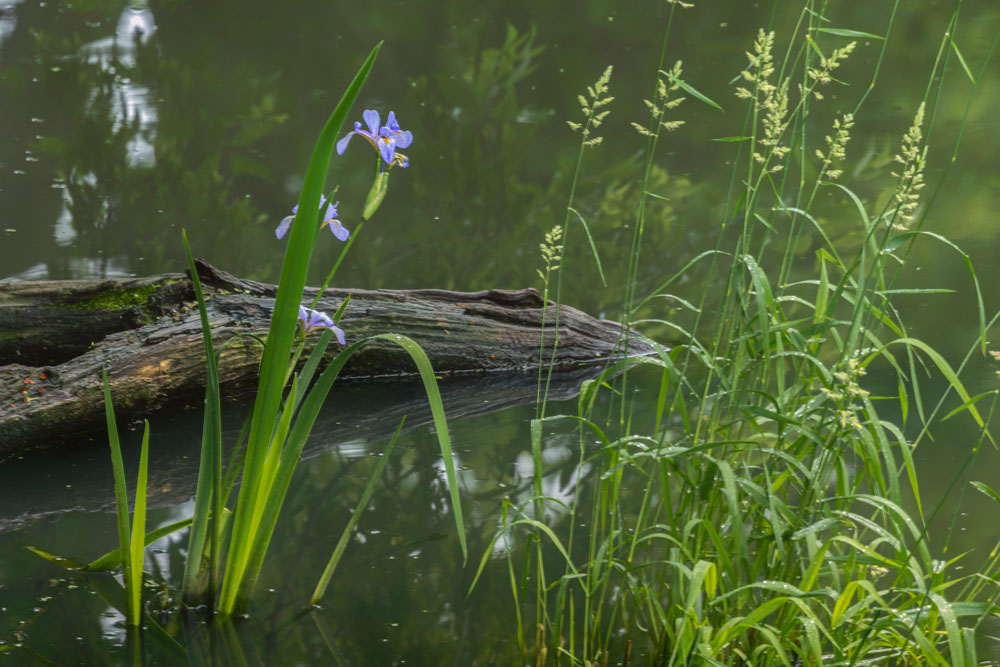
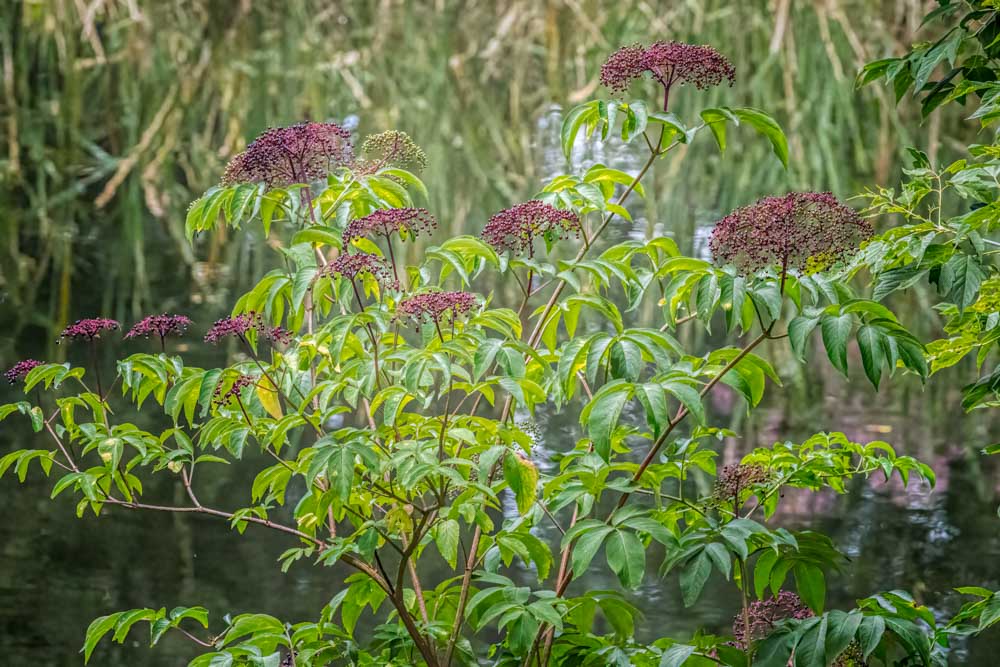
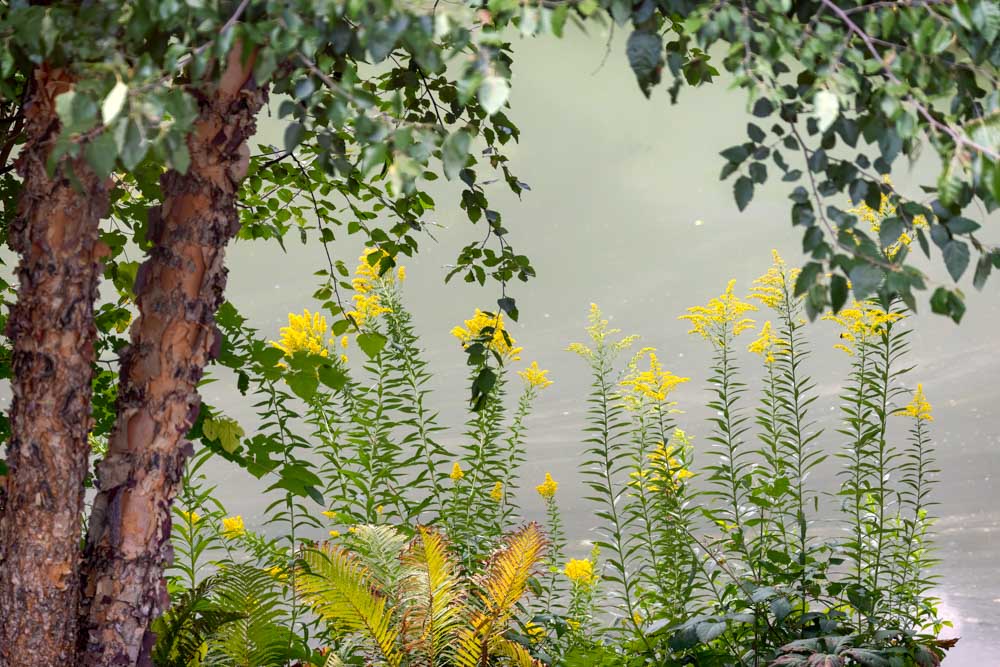
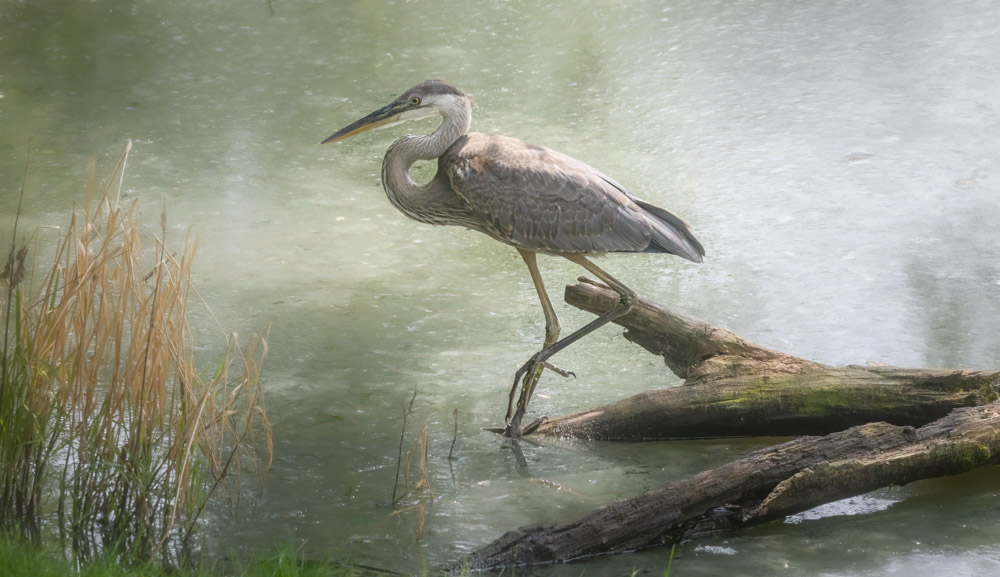
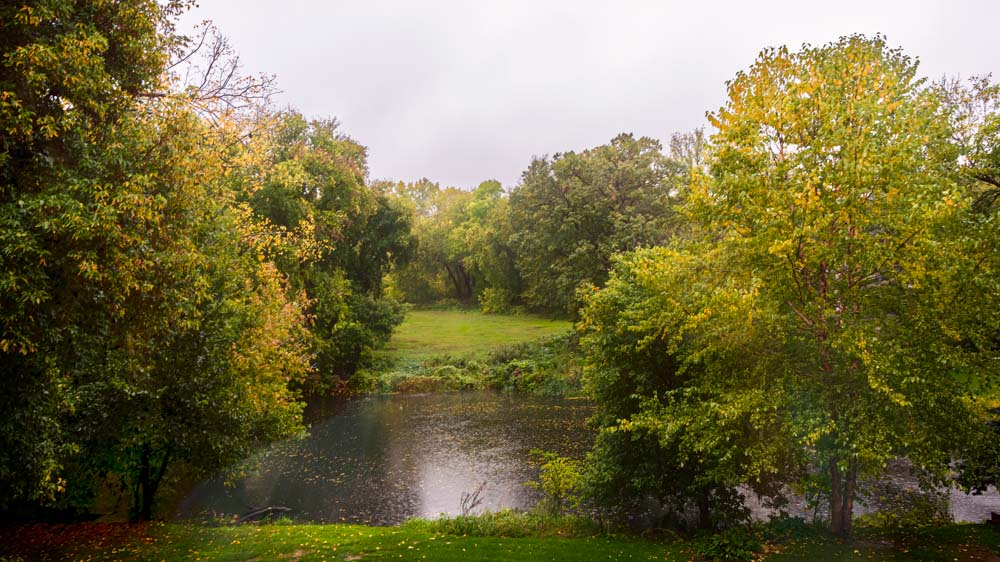
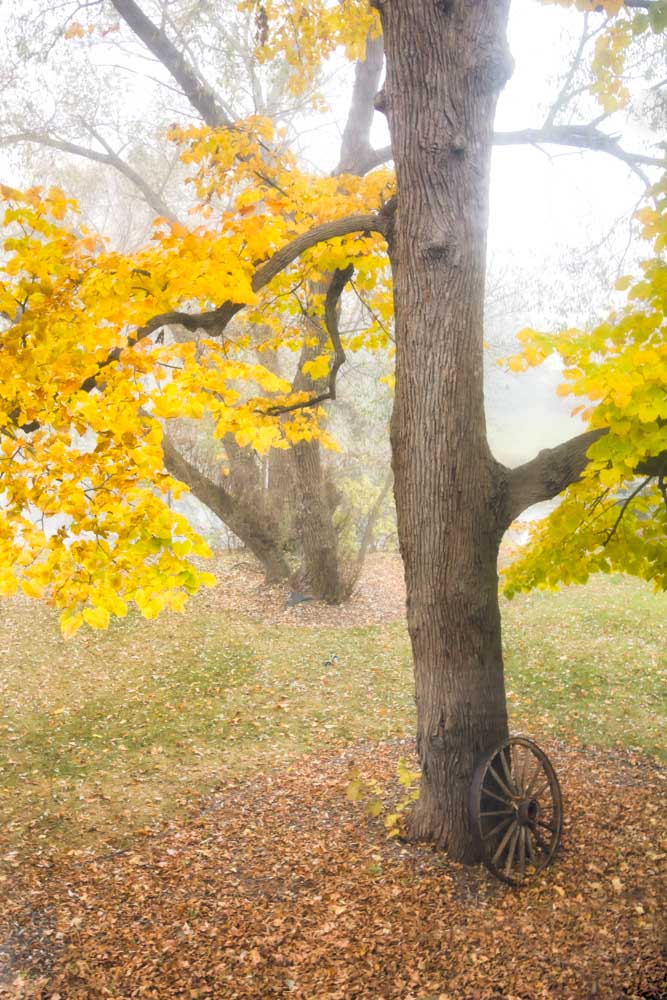
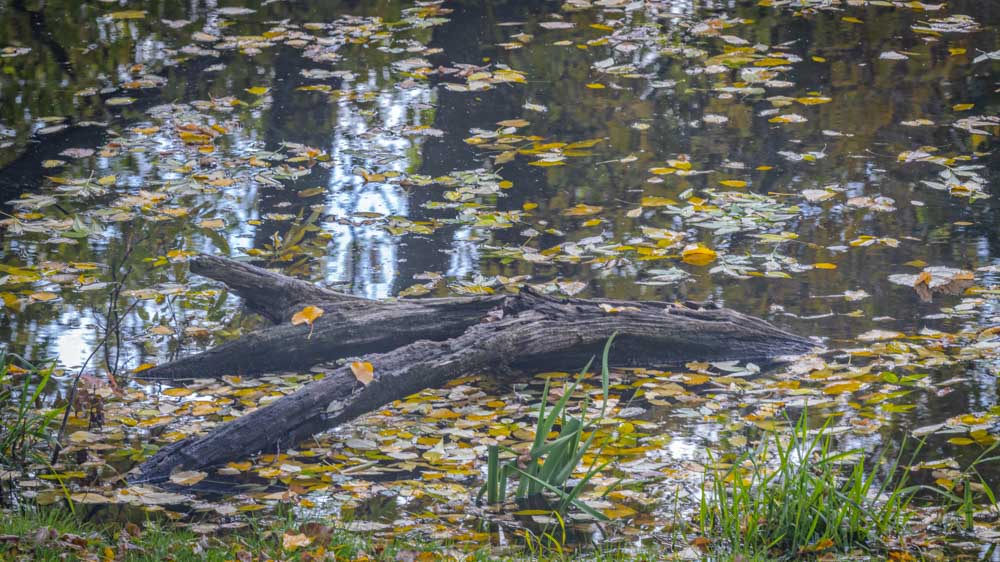
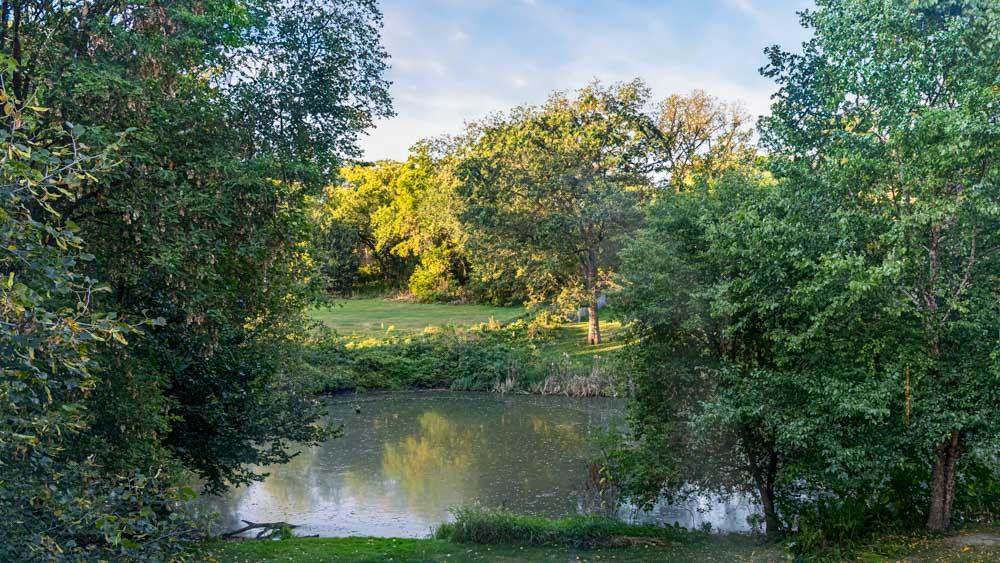
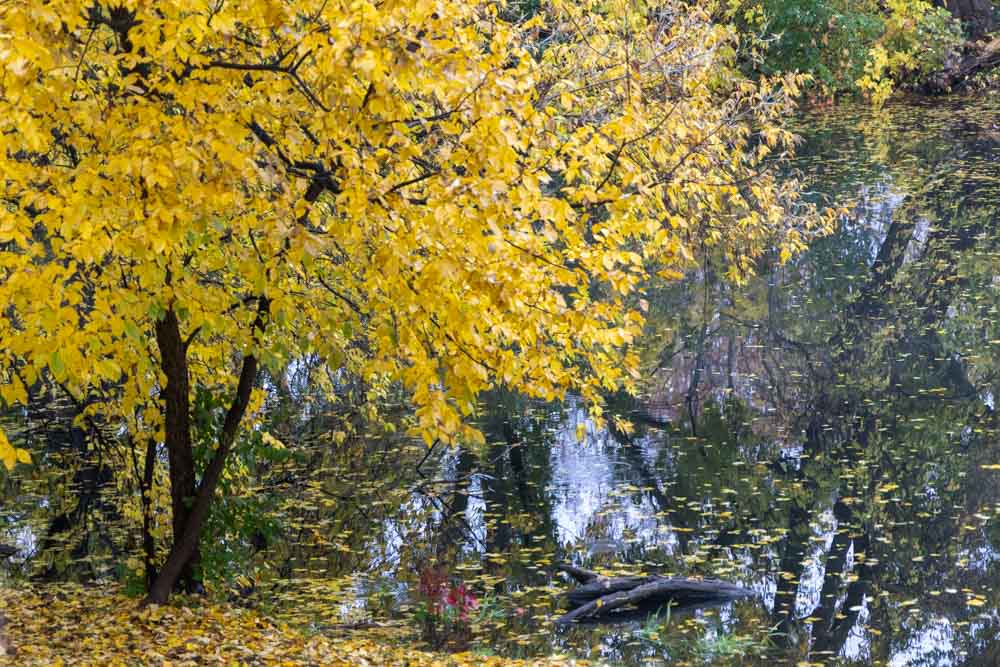

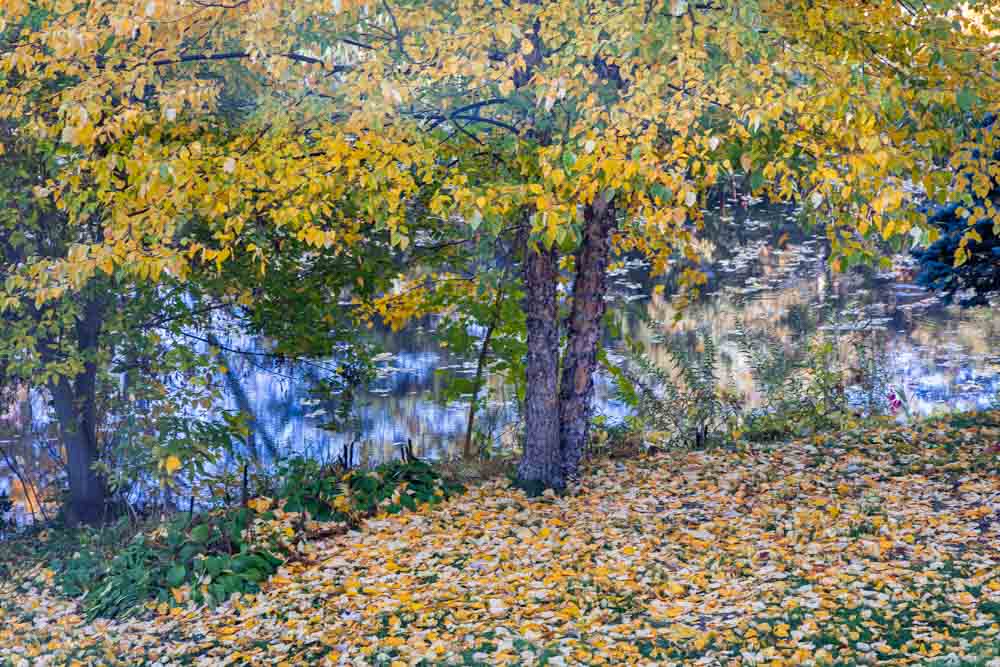
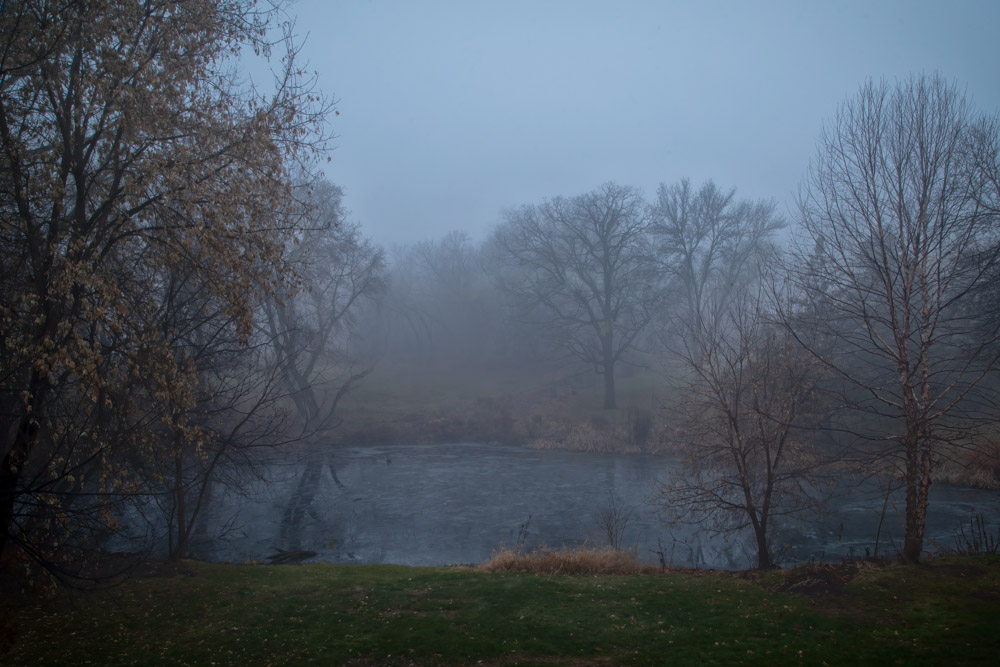
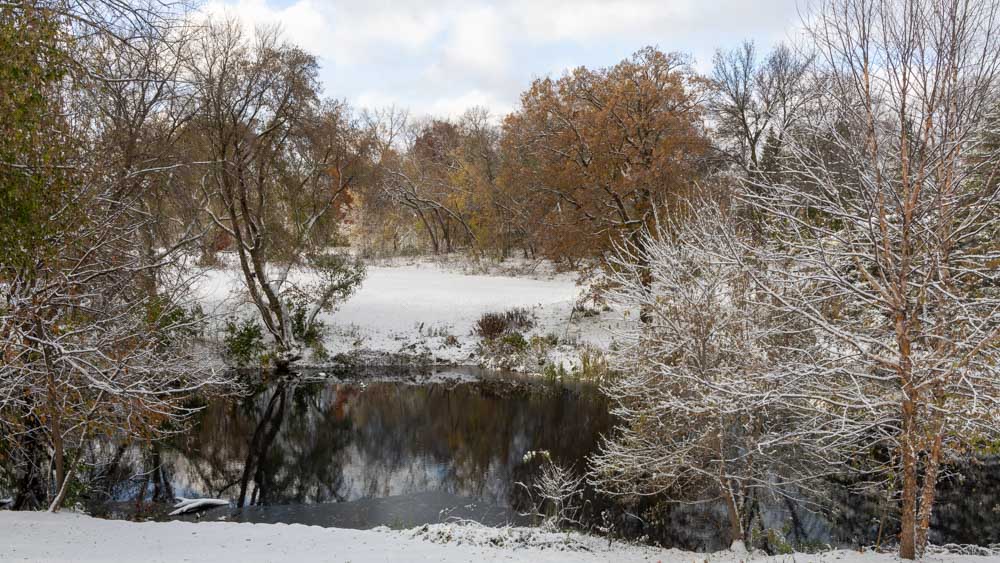
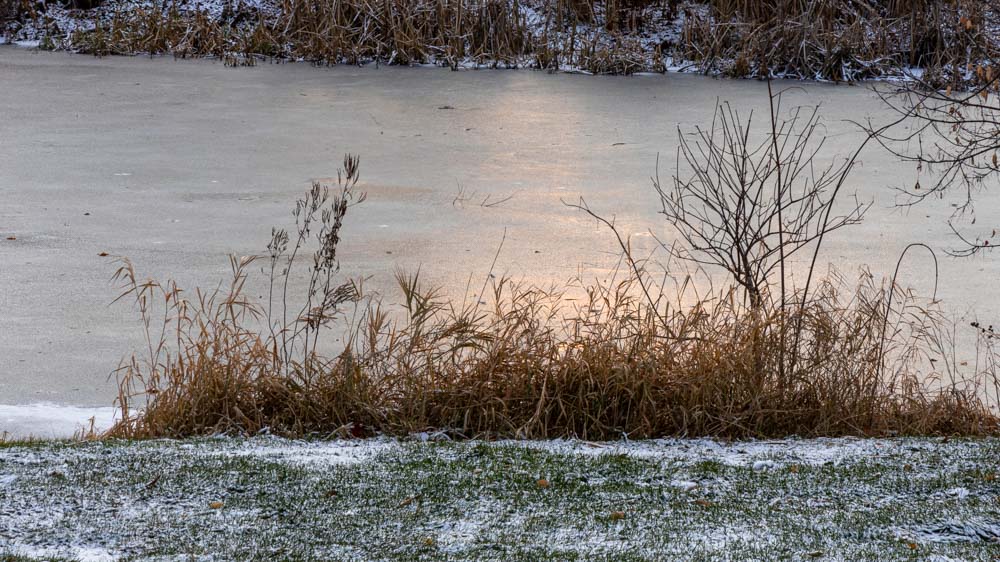
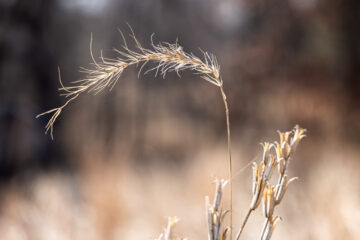
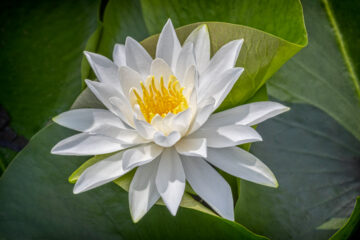

0 Comments